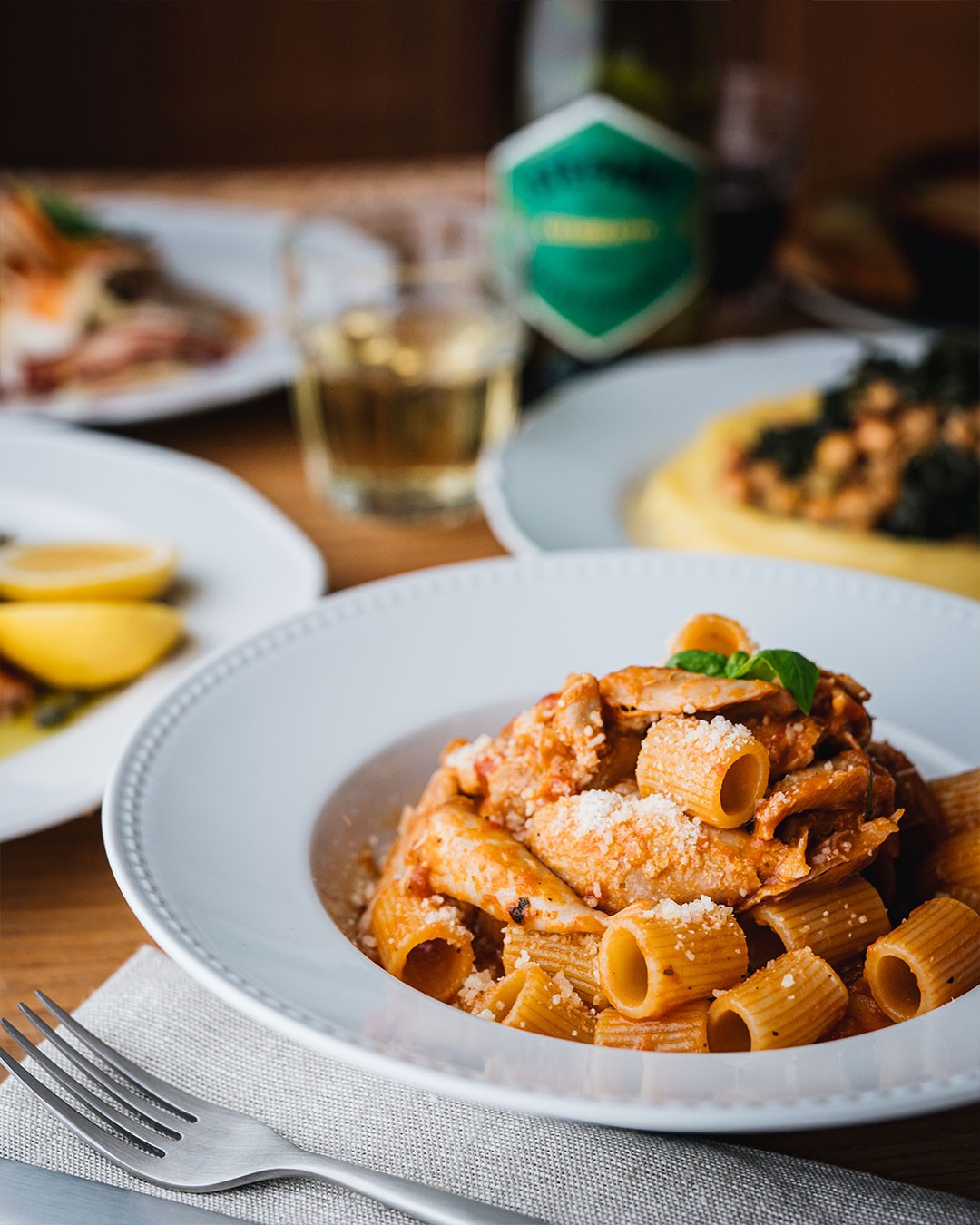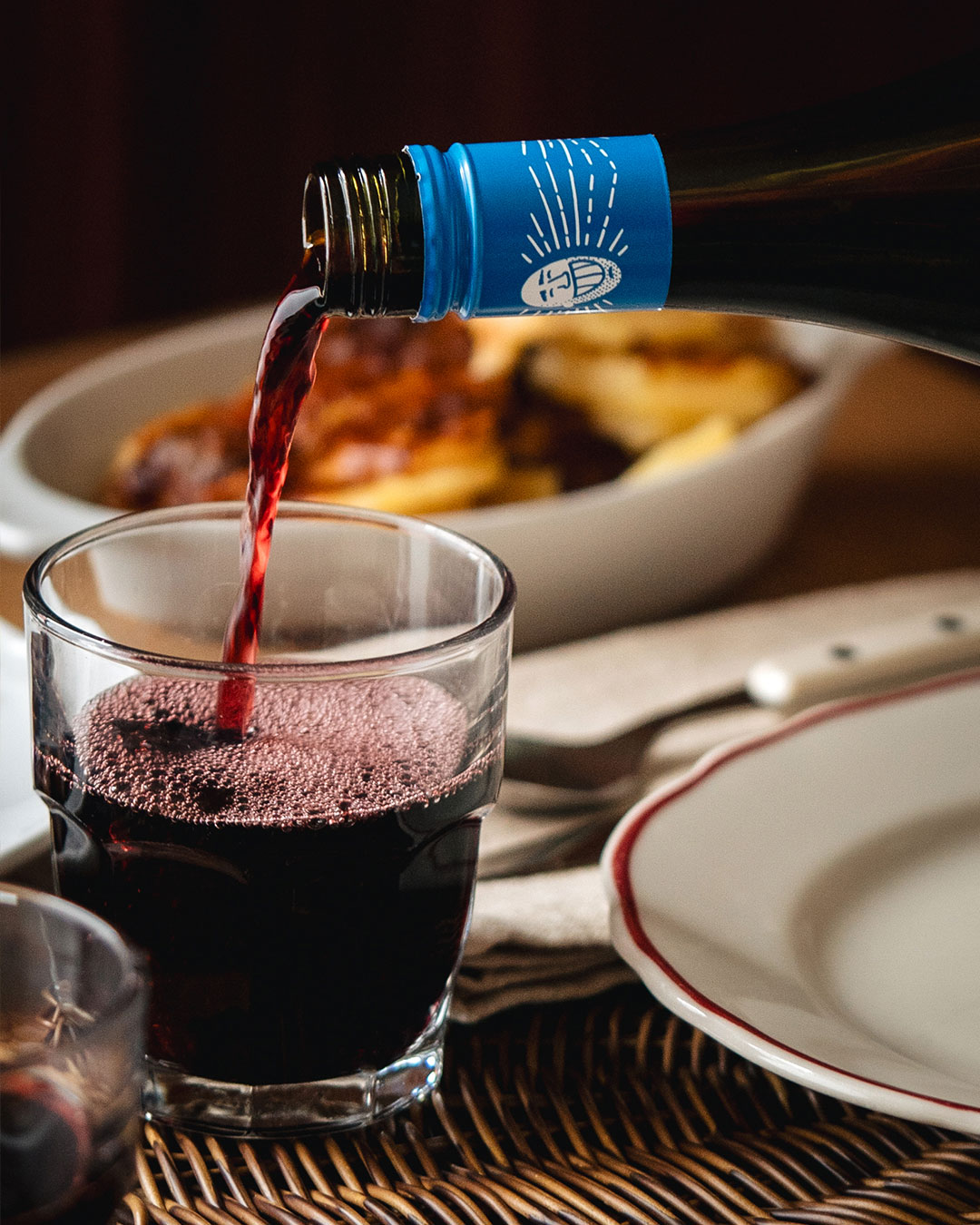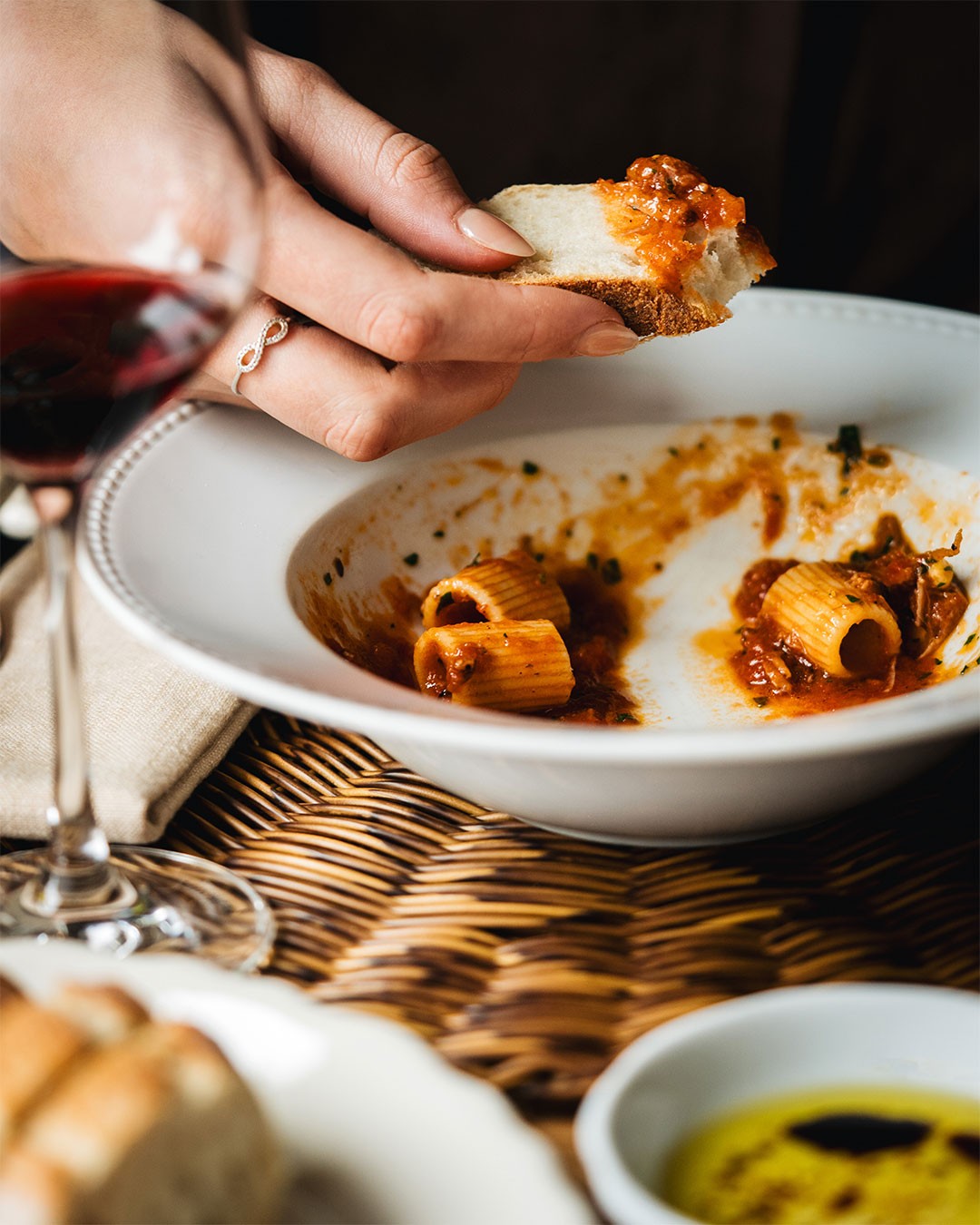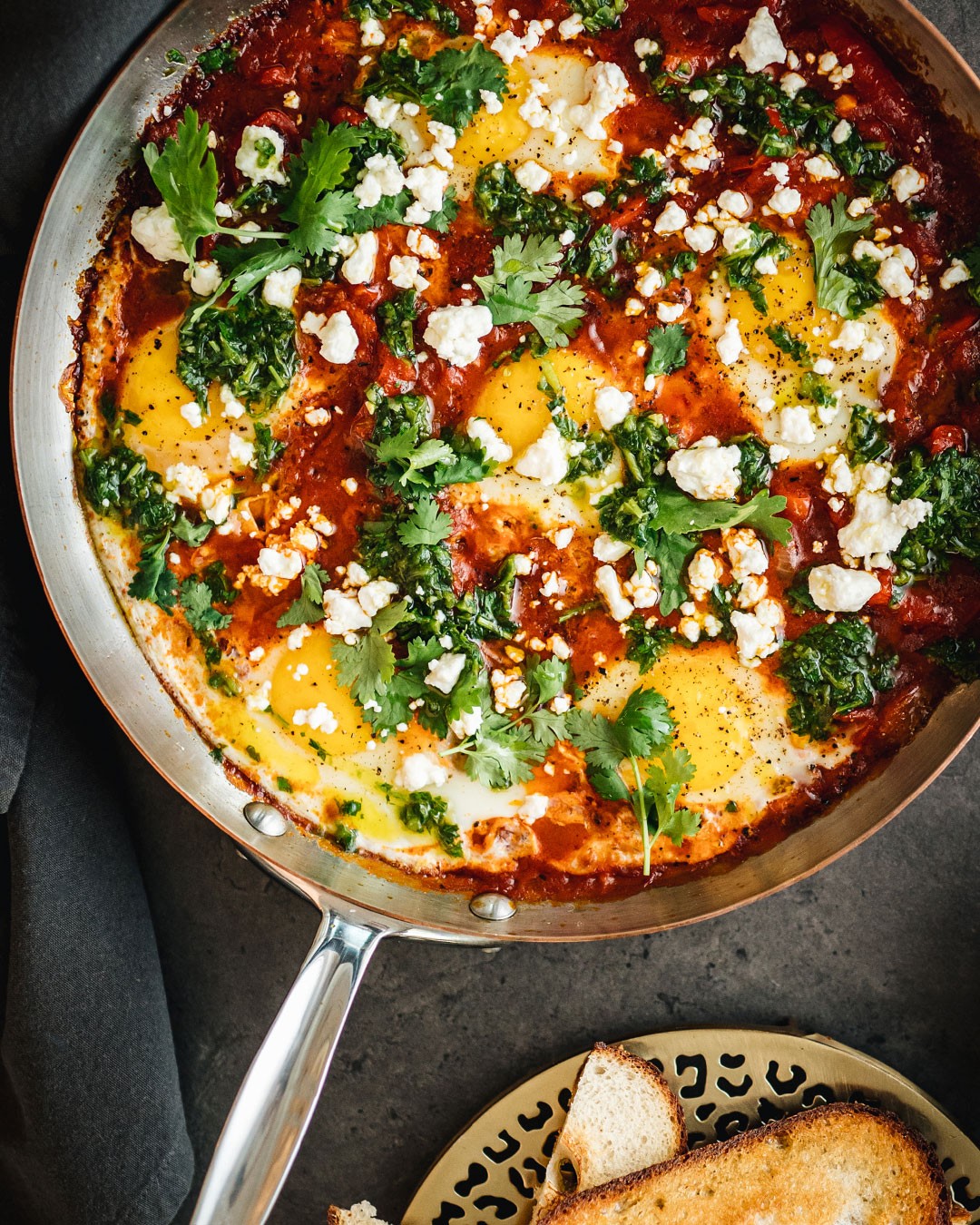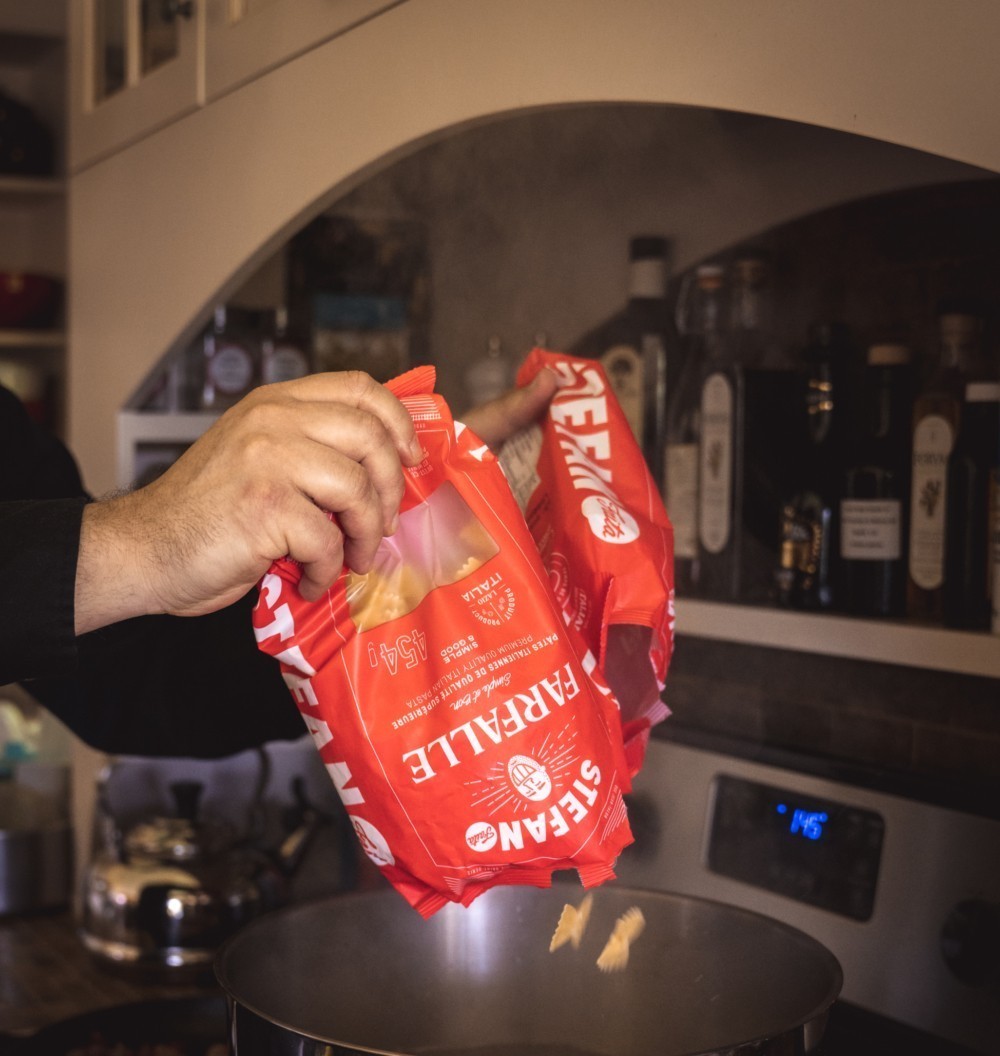The 10 Best-Kept Secrets of Italian Food Culture
Italian food has rightfully earned a prominent place on our tables and, on this side of the Atlantic, we’ve gotten pretty good at doing pizza-pasta-etcetera right. But there’s so much more to Italy’s culinary customs!
That’s why we’ve decided to offer you this insider’s guide to help you better understand the Boot’s food culture and truly appreciate Italy’s rich and wide-ranging ancestral traditions. So read on for some authentic tips to take your cooking and hosting skills to the next level! Here are 10 do’s and don’ts to sink your teeth into our traditions.
1. Serve different dishes at different times? Yes.
In Italy, different courses are served at different times, following a precise order that allows you to really savour each dish, spend quality time with your family, and better control the portions. That’s probably why most Italians don’t like a mishmash of foods on the same plate. A typical Italian feast is served as follows: antipasto, primo, secondo, contorno, frutta, dolce, caffè, digestivo. Don’t worry, it’s simpler (and more practical!) than it sounds. You can learn all about it here.
2. Dinner at 5 p.m.? No.
This may be a slight exaggeration, but Canadians do tend to eat dinner much earlier than Italians. In the old country, the evening meal is typically served around 8:30 p.m. We understand that in winter it gets dark as early as 4 p.m., so it’s not easy to follow a Mediterranean rhythm … but if you give yourself some time when you get home from work to relax and cook, we bet you’ll open the door to some very enjoyable moments. And if you’re too starved to wait, we suggest you explore the art of spuntini, or nibbles you eat with your crew before lunch or dinner to appease everyone’s appetite a little. Think pieces of cheese, olives, crostini or crudités—nothing fancy, just a few bites of something tasty and simple to cut you some slack as you prep.
3. Pair food and wine based on terroir? Yes.
It goes without saying that in Italy, wine is considered an essential. They don’t always break out the grands crus, but at pretty much every lunch and dinner you’re likely to find a bottle on the table (sodas and juice are rarely invited). The idea is to serve a wine that’s produced near the specialty you’re serving. Wines and dishes from the same terroir tend to go well together, and Italians are very proud of their regional traditions. That grows together, goes together!
4. Use a lot of condiments? No.
When the quality of your food is impeccable, it’s a real shame to drown it in ketchup, store-bought vinaigrettes and a ton of mayo! In Italy, they go easy on the condiments because they’re looking to enhance the flavours of the ingredients rather than mask them. That’s why only olive oil and a touch of good-quality vinegar are deemed acceptable for salad dressings. Simple is best!
5. Fare la scarpetta? Yes.
Everyone loves bread, but Italians worship it. A table must have bread on it, but only once the dishes are served! To avoid spoiling appetites, Italians don’t usually bring out the bread (or butter, for that matter) until the meal is on the table. We enjoy the bread at the same time as the rest of the meal and are always careful to keep a piece (and some space in our bellies) to clean the plate with. We call it fare la scarpetta and we can’t recommend it enough!
6. Add cheese to a fish or seafood dish? No.
This may be somewhat controversial, but most Italians avoid combining cheese with fish and seafood products. It’s believed that cheese obscures the finesse of these delicate foods. That’s why you won’t usually find Parmesan with pasta dishes inspired by the sea. Personally, we believe that when it’s done well, cheese and seafood can make a pretty delicious combo, like in our famous shrimp scampi. Sometimes, rules are made to be broken!
7. Peel fruit before eating it? Yes.
The Mediterranean is home to many delicious fruits and Italians enjoy them in great quantities. In fact, most meals (from the simplest to the most elaborate) are topped off with a fruity treat, and seasonal fruits often replace desserts. But in Italy, if you bite into an apple or pear that hasn’t been peeled, there’s a strong chance you’ll earn yourself a disapproving look from a mamma or nonna. Italians almost always peel and slice their fruits carefully before eating them. It’s likely because they want to remove any traces of pesticides, but it’s also a nice way to enhance the enjoyment of this simple daily ritual.
8. Serve eggs for breakfast? No.
In North America, we love big breakfasts and brunches. We even call it “the most important meal of the day.” But in Italy, breakfast is very basic. Italians usually stick to some coffee and a cornetto or a few biscuits…. good thing dessert is often replaced by fruits! Italians like to eat more nutritious and protein-packed foods later in the day. That’s why eggs are only served at lunch or dinner, in specialties like frittata or eggs in purgatory.
9. Finish your plate? Yes.
This probably comes as no surprise. In Italian culture, it’s considered impolite for a guest to leave food on their plate. If you don’t do the scarpetta, we’ll think you didn’t like your meal! Food is the catalyst for family and social relationships, and it’s how Italians show their love. So leaving a bit of lasagna (if that’s even possible?) on your plate is sure to hurt the feelings of the person who so carefully prepared it for you. At a restaurant, however, the relationship isn’t as personal, so leaving some food on your plate is less likely to offend the chef.
10. Be in a rush? That’s a big no.
It’s no big secret, but if you really want to immerse yourself in the traditions of the Boot, this is the key. In our fast-paced world, even the Italian rhythm is speeding up, but the country still does a pretty good job at taking its sweet time at the table. Meals are considered family time, an opportunity to get together and enjoy one another’s company while maintaining close ties with the community. For special occasions, Italians can spend an entire day eating, coming and going from the table at each course. In daily life, people don’t spend as long at every meal, but tradition still encourages people to chat as they cook and to gracefully extend the good times spent together.

